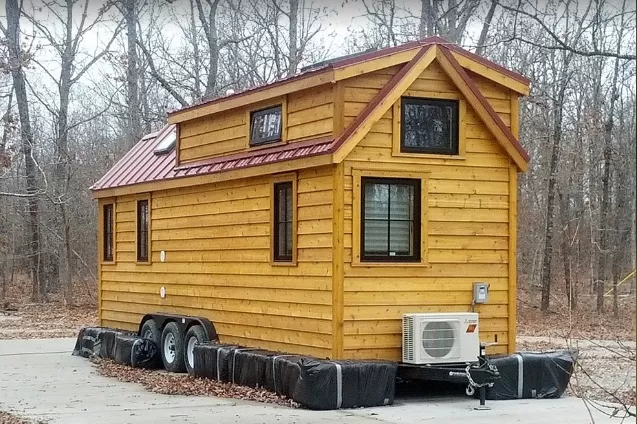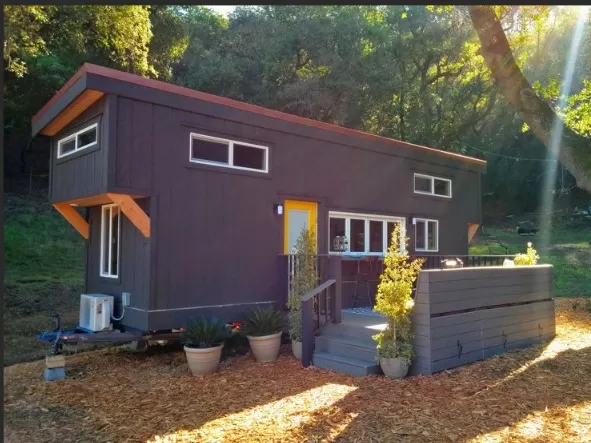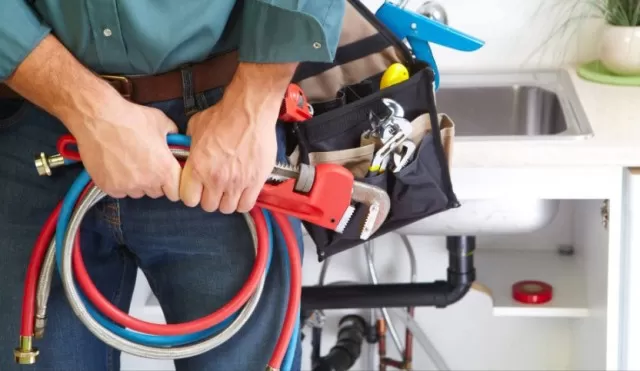Unspoken Realities of Living in Tiny Houses. Tiny houses have gained popularity for various reasons, including their eco-friendliness, anti-consumerist lifestyle, and affordability, providing an alternative path to homeownership.
However, before you make the decision to embrace tiny house living, it’s essential to thoroughly explore and address the following concernsBy thoroughly addressing these concerns and conducting comprehensive research, you can make an informed decision about whether tiny house living is the right choice for you.
Future-Proof Your Tiny House Investment

While a tiny house may be a tempting option for your current single and independent lifestyle, it’s essential to consider your long-term plans.
Think about how your living situation might evolve over the next 10 years. If you envision having children or expanding your family in the future, it’s crucial to factor in their needs and space requirements when making decisions about your tiny house investment.
Ensuring your living arrangements are adaptable to accommodate future changes is a wise approach to future-proofing your housing choice.
Navigate Tiny House Living: Research Property Costs and Zoning
Before you dive headfirst into the world of tiny house living, it’s essential to research property costs and zoning regulations in your chosen area.
Zoning laws often lag behind the growing tiny house movement, which might limit your options for land ownership. In such cases, renting land could be the more feasible option.
To ensure you have the most current and accurate zoning information, your best resource is the American Tiny House Association.
They can provide valuable insights and guidance on navigating zoning laws, which will help you make informed decisions and ensure your tiny house journey gets off to a smooth start.
Strategic Land Selection: Prioritize Proximity to Services and Work

When you’re in the process of selecting a piece of land to build your tiny house, it’s not just about the land itself.
You should also carefully assess its proximity to essential services and your workplace. Choosing a location that is convenient to the services you need, such as grocery stores, healthcare facilities, and schools, can significantly enhance your quality of life.
Additionally, consider your daily commute to work.
Opting for a location that minimizes travel time to your workplace can lead to reduced stress and increased overall convenience. By prioritizing these factors, you can ensure that your chosen tiny house location is not only beautiful but also practical and well-suited to your lifestyle.
Tiny House Resilience: Prepare for Extreme Weather
When constructing or choosing a tiny house, it’s crucial to prioritize durability and resilience.
Your tiny house should be sturdy, well-insulated, and capable of withstanding extreme temperatures and violent weather conditions. Thankfully, many engineers and architects have risen to the challenge, creating Tiny Homes that can endure even hurricanes.
Investing in a well-built and weather-resistant tiny house ensures not only your safety and comfort but also the longevity of your investment.
So, whether you’re dealing with scorching summers or freezing winters, or if you reside in an area prone to severe weather events, make sure your tiny house is designed and equipped to handle it all.
Tiny House Plumbing and Waste Management: Composting vs. Incinerating Toilets

Owning a tiny home often means you’ll need to consider alternative solutions for plumbing and waste management, especially if you’re building on land without a traditional septic tank.
Two common options are composting toilets and incinerating toilets, each with its own set of advantages and disadvantages.
Composting Toilets: These environmentally-friendly toilets break down waste into compost over time, allowing you to dispose of it safely and efficiently.
They are a sustainable option and can be ideal for off-grid living. However, they require regular maintenance and may take up some space within your tiny home.
Incinerating Toilets: Incinerating toilets use heat to reduce waste to ash, which is then easily disposed of.
They are efficient and typically low-maintenance. However, they can be more expensive upfront and may require a power source, making them less suitable for off-grid living.
Choosing between these options depends on your specific needs, budget, and preferences.
It’s essential to research and consider both alternatives carefully to determine which one best suits your tiny house and lifestyle.
*The information is for reference only.